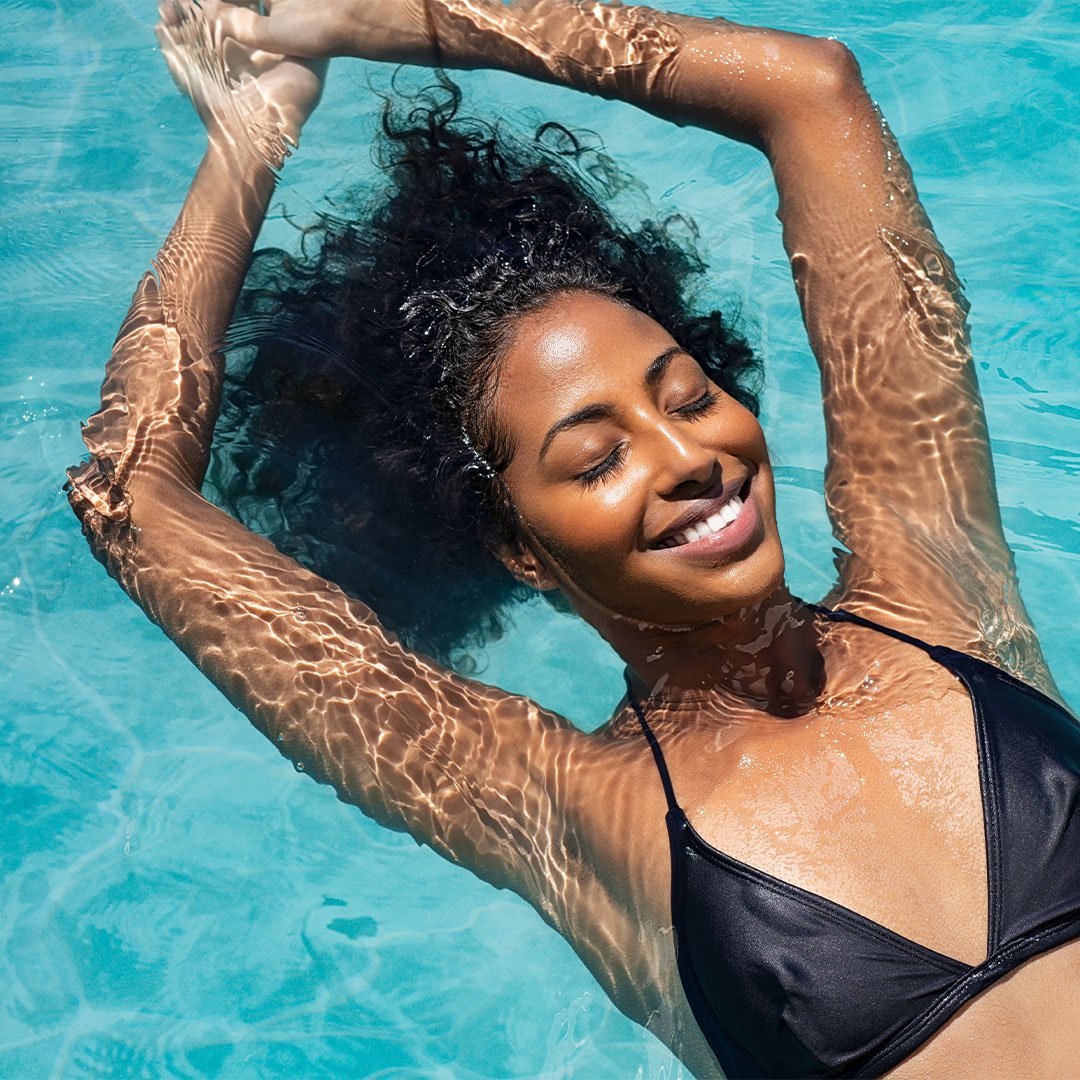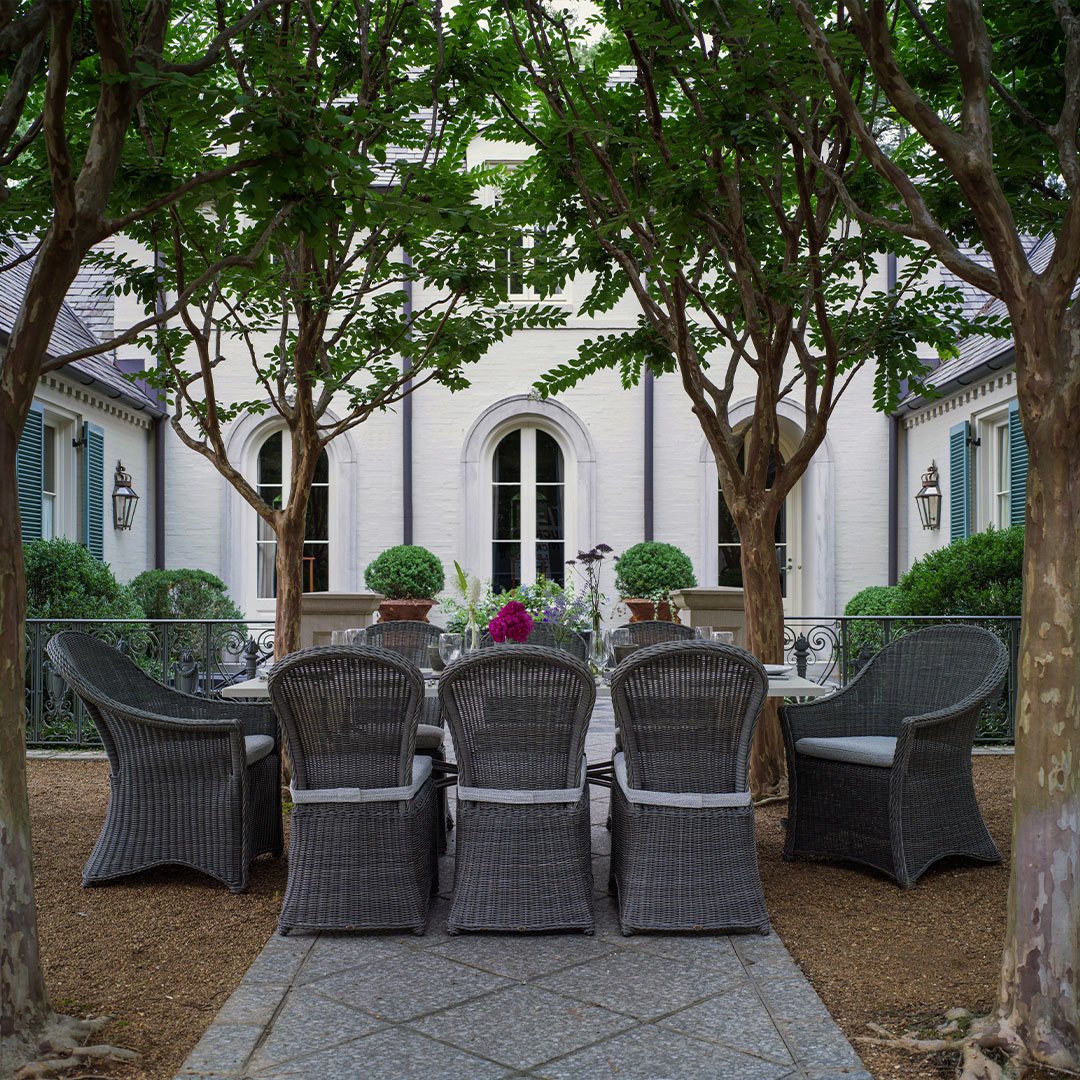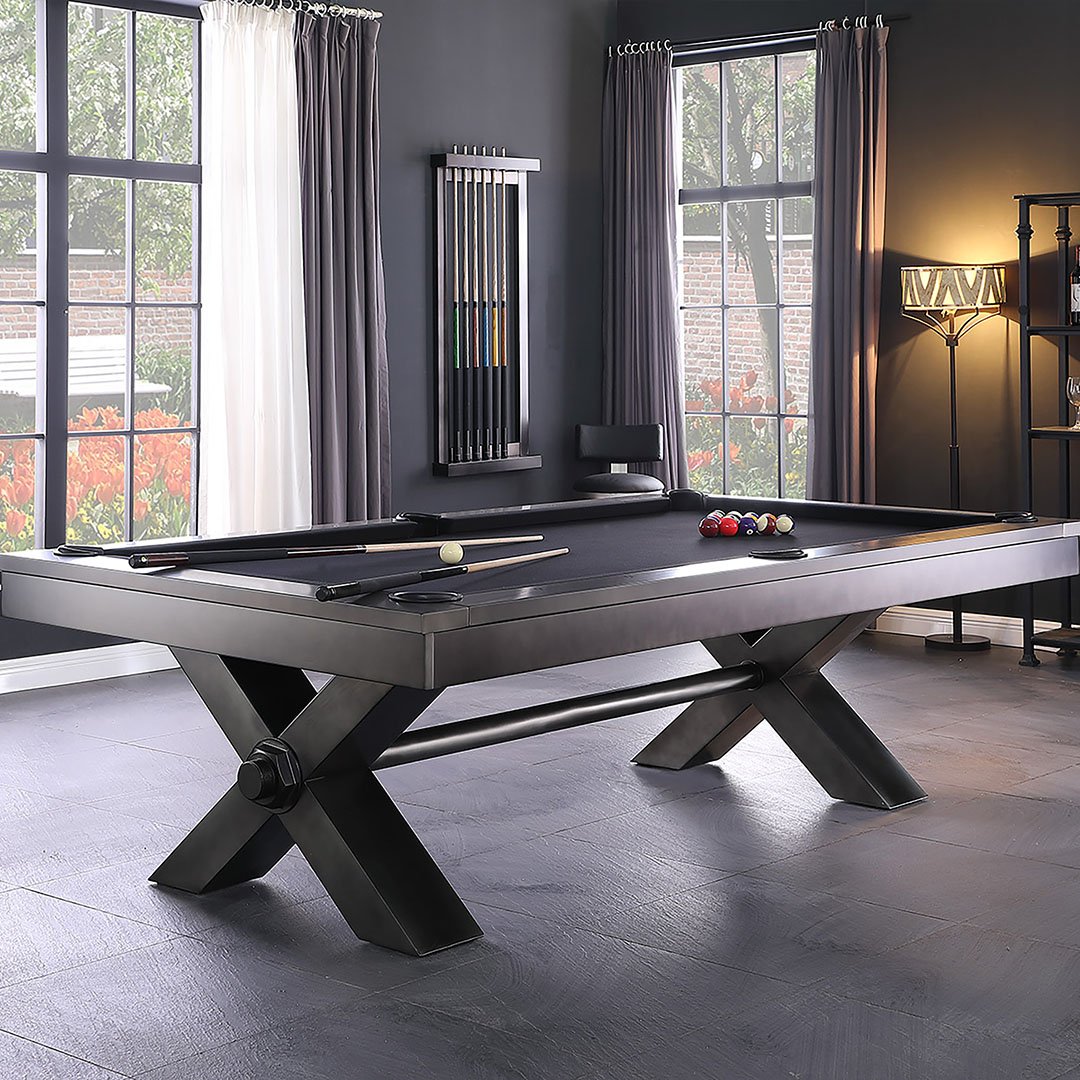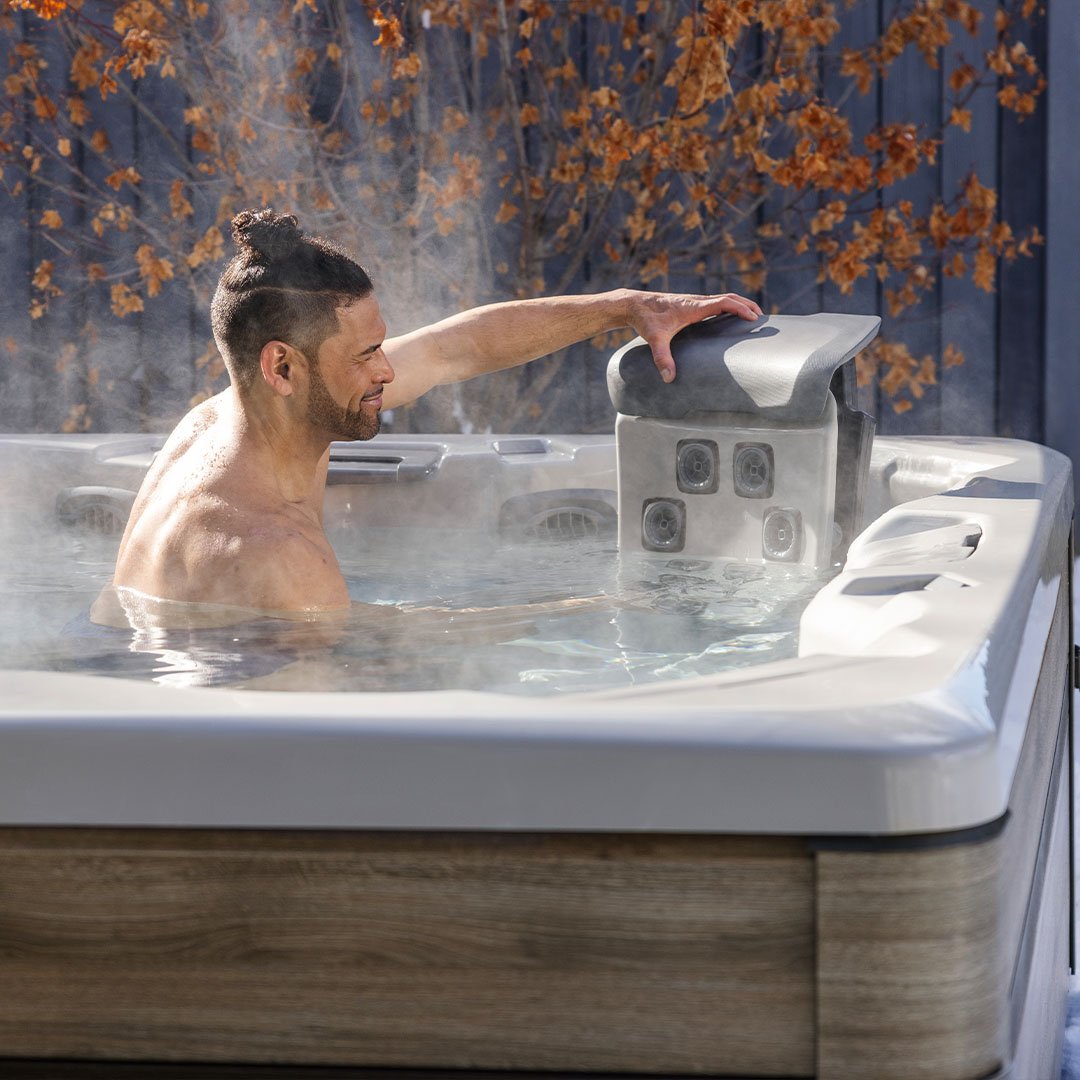A Pool Owner's Guide to the Chlorine Shortage
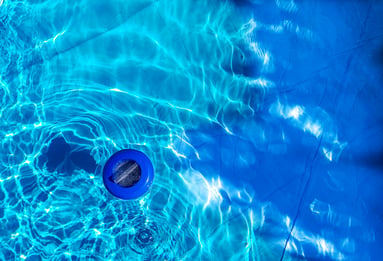 Having trouble finding chlorine for your pool? You’re not the only one.
Having trouble finding chlorine for your pool? You’re not the only one.
The U.S. is facing a record-setting chlorine shortage after a double whammy disrupted the supply chain.
First, there was a nationwide surge in both pool purchases and pool usage after the COVID-19 pandemic hit, leading to an precedented demand for chlorine and pool supplies.
Then, after Hurricane Laura hit the Gulf Coast in August 2020, a fire damaged the plant in Louisiana that makes the bulk of the chlorine tablets. That facility won’t reopen until 2022, leaving just two domestic manufacturers of chlorine tablets.
Chlorine is usually a key part of regular pool maintenance. It kills bacteria and germs, and it keeps your water clear and free of algae.
So here are a few tips for keeping your water clean, clear and safe in the face of the chlorine shortage:
Switch to mineral water care and cut chlorine costs
With a mineral pool sanitizing system, chlorine and minerals work together to clean pool water and destroy bacteria. So chlorine lasts twice as long — meaning you cut your chlorine needs by up to 50%.
The Aqua Smarte Plus system features an easy-to-use docking station that makes cleaning your pool hassle-free, too. The station works as its own water treatment center and automatically controls the flow of water through the system.
So no more handling chemicals or lugging heavy buckets, and you still end up with crystal clear water.
Shop Aqua Smarte system now, or read from pool owners why this system is a must have.
Bromine is the No. 1 chlorine alternative
Bromine is another sanitizing chemical that kills algae and sanitizers pool water. It’s slightly more expensive than chlorine, but many pool owners actually find it less irritating.
Shop a 1.5 pound container of bromine tabs or a 4 pound container of bromine tabs at the guaranteed lowest price in the USA.
Use chlorinating liquid or pool shock
After the fire at BioLab's plant, the chlorine manufacturer recommended using pool chlorinating liquid as a quick and convenient option to maintain the recommended chlorine residual of 1-4 ppm in the water.
"One gallon of chlorinating liquid is equivalent to dosing your pool with two of the traditional 8-ounce chlorinating tablets," said David Rouse, BioLab's Vice President of Research and Development.
Just be sure to use chlorinating liquid that's intended for pools (it's different from common household bleach), and monitor your pH levels frequently.
Shop liquid pool shock at the guaranteed lowest price in the USA.
Add an enzyme-based product to reduce the demands on chlorine
Enzymes break down non-living waste that gets into your water like sunscreen, makeup, hair products, body oils and more. That means you need less chlorine to maintain the proper balance.
Pool Perfect Max is a multi-functional product, or Pool First Aid will remove large amounts of contaminants in as little as 24 hours.
Add stabilizer to extend the life of your liquid shock
Make the most of the liquid chlorine you do have by adding a stabilizer. A stabilizer (also known as conditioner) protects chlorine from being broken down by UV rays from the sun.
Instant Pool Water Conditioner is the easiest way to add stabilizer to your pool water. Shop conditioner at the guaranteed lowest price in the USA.
Protect your water from contaminants to begin with
Here are a few best practices to keep your water clean and clear:
- Shower before swimming to rinse off makeup, sunscreen and body oils.
- Scoop out debris and vacuum regularly.
- Avoid detergent on your swimsuits. Rinse with water only.
- Don't let pets in the pool.
- Cover your pool when not using it to protect the chlorine from UV rays.
Need more help with maintaining your pool chemicals?
Here's a troubleshooting guide for common pool problems. You can also Contact Us today, or bring a water sample to your nearest Watson's location for free testing.
Topics: Pool - Chemicals





